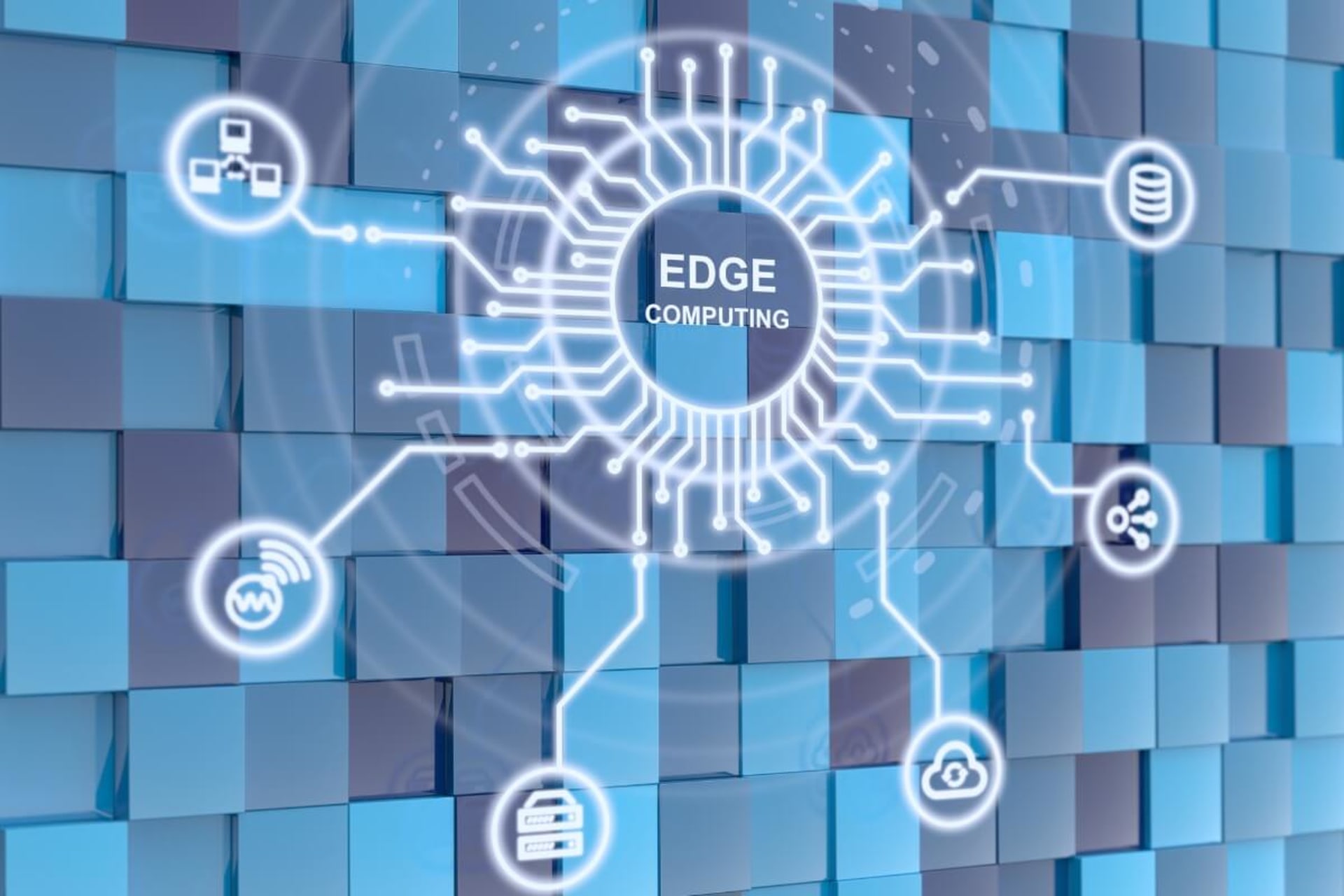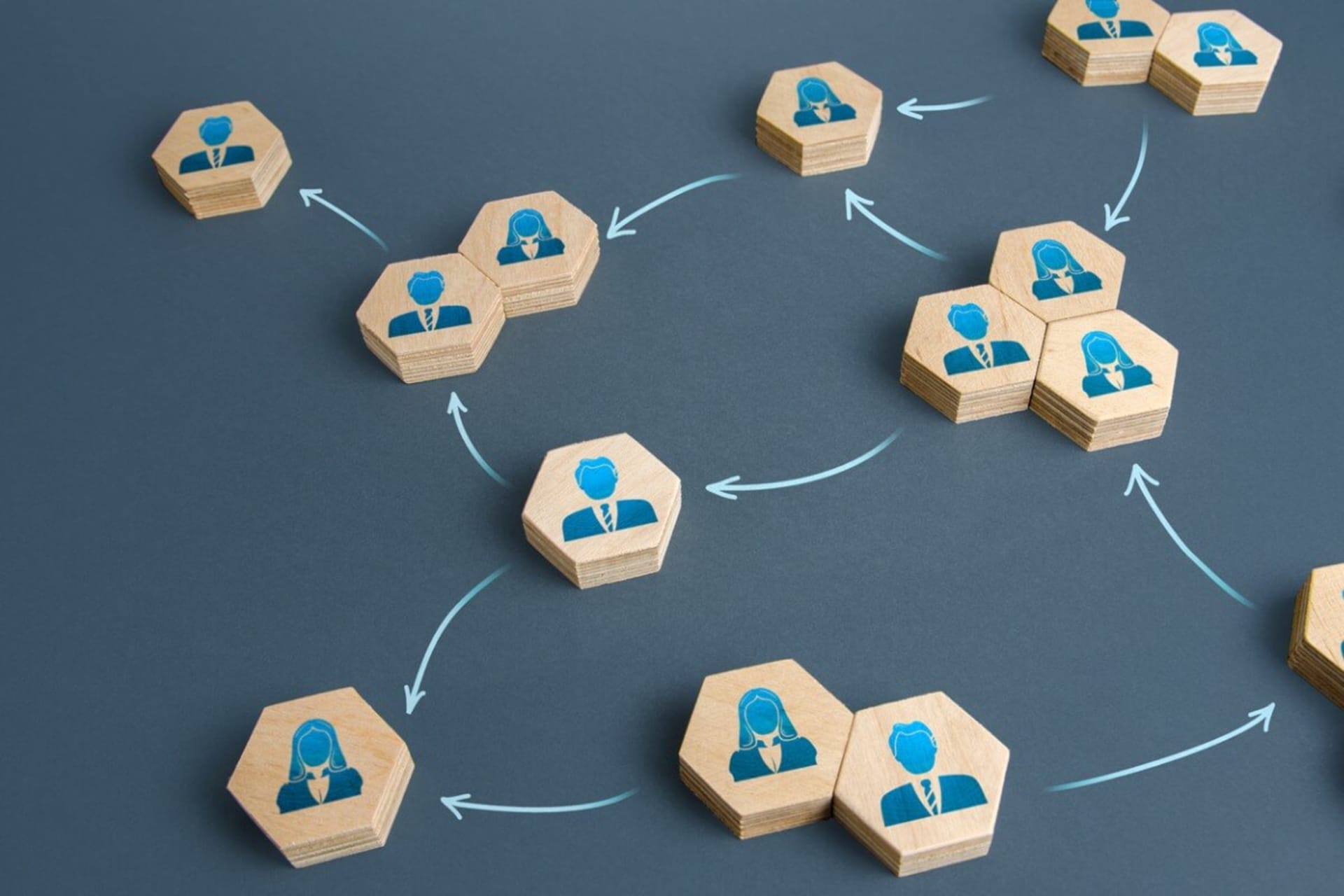One of the compelling aspects of cloud computing is that your computing resources can exist virtually anywhere on the globe. It can also be its Achilles’ heel in some use cases. There are several instances where a computing transaction needs to be completed closer to the physical location where an event occurs. This can be driven by some combination of time to process, volumes of data, or redundancy.
In this case, having computing capabilities closer to where an event occurs makes sense. Since these resources are pushed to the “edge” of a cloud environment, they’re generally referred to as edge computing.
Edge Computing Use Cases
While this might seem like a somewhat niche scenario, there are multiple instances where edge computing can be relevant. Here are some example use cases.
Image processing
With the emergence of cheap and relatively high-quality camera equipment, there’s a growing desire to analyze images from these devices. A highway department, for example, could count vehicles or estimate their speed from video footage to detect traffic incidents. Similarly, a retail location could count people and use the data to determine staffing levels during busy periods.
Sending video data to a cloud data center requires significant bandwidth. Moving the counting algorithms to individual cameras or a computing device connected to the cameras eliminates the need to stream high-bandwidth video to a distant cloud data center.
Connected vehicles and the Internet of Things
Vehicles are becoming increasingly connected, and most roadmaps for future iterations of connected vehicles allow for rapid communications between vehicles and infrastructure. When a hazard is detected a few hundred meters ahead, the ability to rapidly share this information with other cars and take preventive measures is an obvious benefit.
In this scenario, network latency becomes a critical factor. A vehicle that sends information to a distant cloud and must wait for a response could incur several seconds of waiting time. This “time penalty” could be the difference between avoiding a hazard or adding to the chaos. Edge computing can provide a limited subset of functionality that’s close to the action, avoiding the extra time required for transactions to complete in a distant cloud.
Similarly, with Internet of Things technology, a broad array of sensors in a factory or industrial environment might be streaming large volumes of data. Edge computing devices can capture and analyze these data and share alerts or anomalies in real time.
Other latency-dependent applications might include high-speed trading applications or industrial controls where milliseconds matter.
Disconnected applications
Another broad category that can leverage edge computing is disconnected applications. These might range from remote branch offices with inconsistent connectivity to passenger aircraft or cruise ships that require computing capabilities even when “untethered” from always-on connectivity. This category also includes critical applications ranging from medical data gathering networks to point of sale applications that need to keep processing customer transactions even if the cloud connection fails.
In this case, edge computing allows for data synchronization and duplication of a subset of cloud capabilities that can operate disconnectedly. In many cases, end users might seamlessly use edge resources or connect to the cloud’s full capabilities without even knowing the complex orchestration occurring in the background.
Various combinations of these use cases may also be relevant to your organization. A remote manufacturing facility might contain hundreds of sensors that stream data in real time, requiring a low-latency connection to a local edge computing device. This facility might also have limited bandwidth, so the edge computing device can effectively analyze and filter data and then report conclusions to the cloud for action.
Integrating Edge Computing Into Your Cloud Strategy
Edge computing solves several challenges with cloud computing’s centralized structure. Most major cloud providers have recognized the benefits of edge computing and are integrating capabilities for managing edge devices into their cloud tool kits.
As you design your cloud strategy, if you find applications or use cases that might require reducing data exchange, low latency, and the ability to operate in a disconnected state, there may be an opportunity for an edge computing device. As you design your cloud architecture, find locations and applications that may fit these criteria. Work with your cloud architects and cloud provider(s) to identify hardware and capabilities that can operate in an edge environment.
Edge computing principles can also be incorporated into your application designs. With the abundance of low-cost, low-power computing devices that range from off-the-shelf devices to customized hardware, you can create applications that balance the power and extensible nature of the cloud with the demand to perform critical transactions closer to where they occur. Build edge-related architecture and testing requirements into your development standards to ensure you’re accounting for these needs and testing their performance in a realistic environment before deployment.
Finally, consider the innovation opportunities presented by edge computing. Small devices with limited computing and some form of radio-based communications are falling below $100 price points, with dozens of manufacturers providing standardized hardware, provisioning, and management tools. What previously unimaginable applications and services could you create if you could put limited computing and connectivity nearly anywhere in the world? Getting a few Raspberry Pis, Arduino boards, or Particle kits into the hands of your tech teams might result in an innovative solution to a previously unsolvable business problem.
Understanding the basics of edge computing and how it integrates with your cloud platform and then incorporating edge into your strategy and development standards is worthwhile, even if you don’t have an immediate application for edge computing. You’re likely already using edge computing in some capacity, even if you haven’t explicitly defined it in your architecture. Realizing the potential use cases and the increasing capability and integration with cloud computing can unlock significant additional value.







